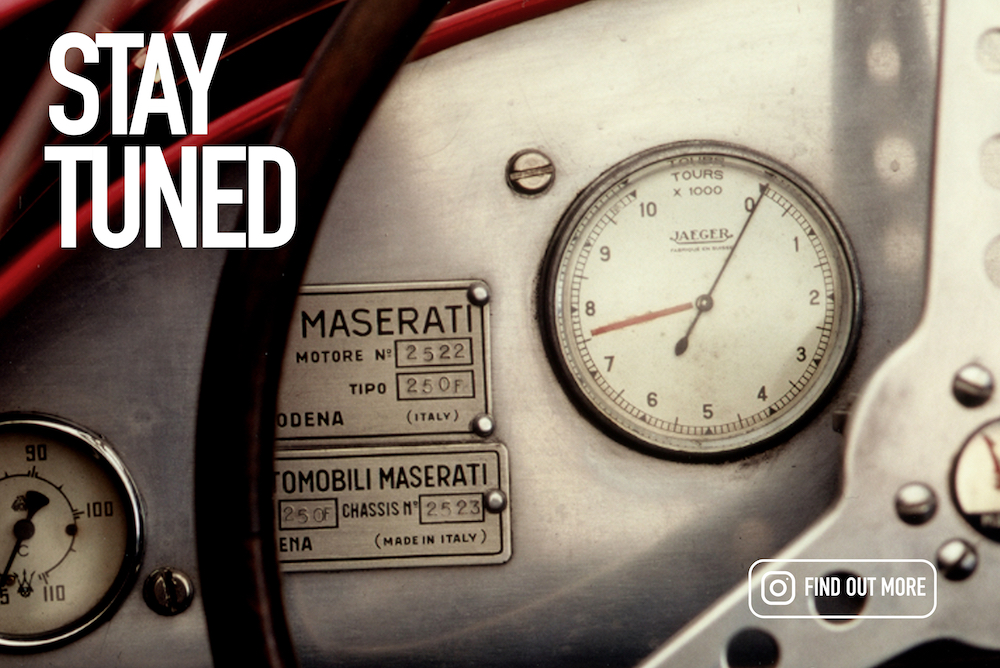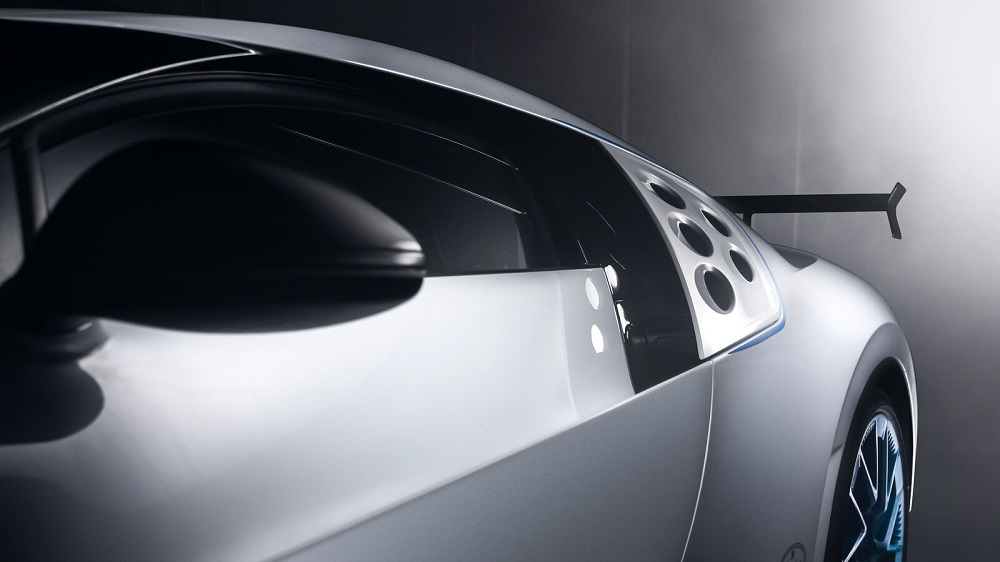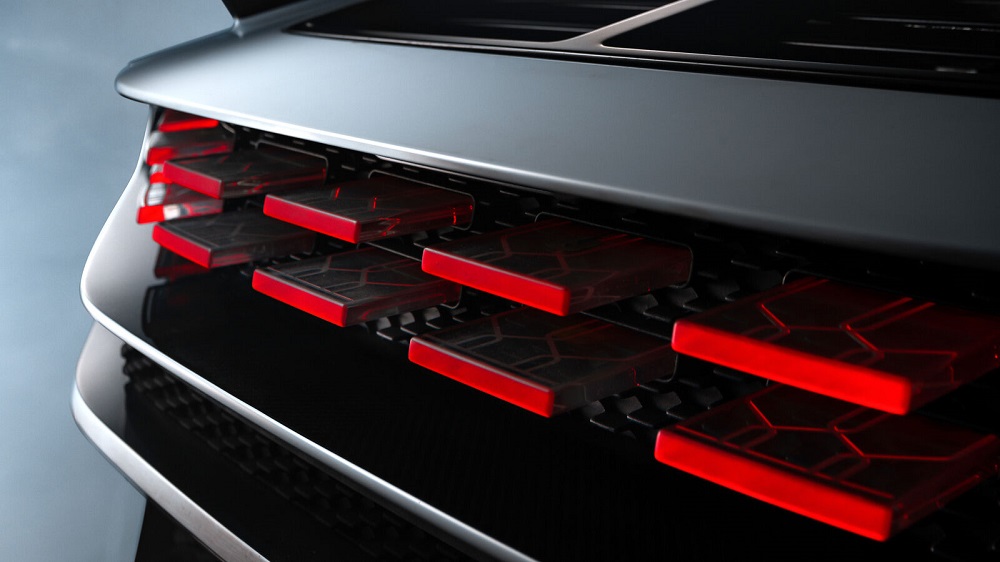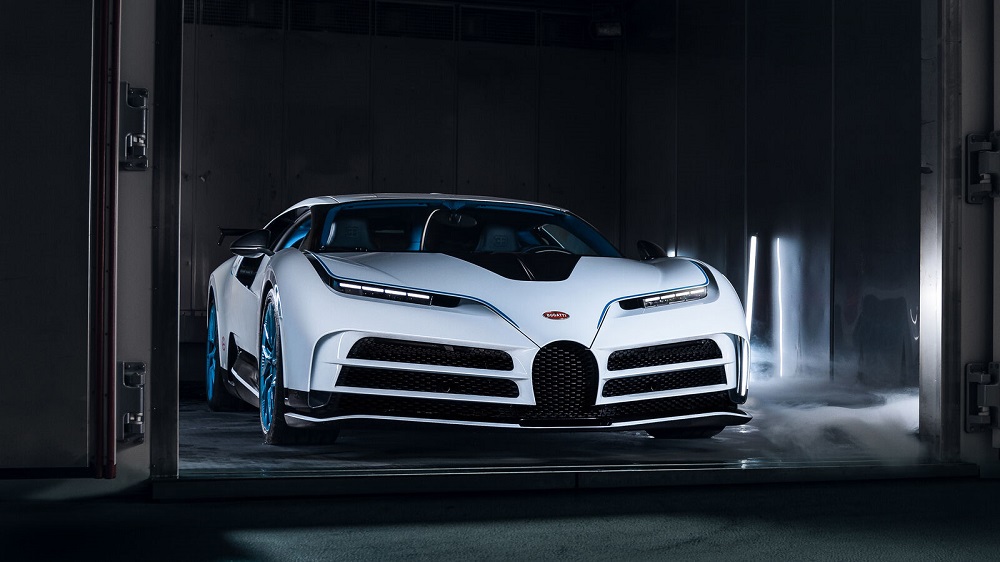The Bugatti Centodieci has now been parked in a special climate chamber for two days. Following tests conducted at room temperature and heat tests at up to 50 degrees Celsius, Bugatti engineers are now taking the chamber down to sub-zero temperatures. The Centodieci has been subjected to minus 20 degrees for twelve hours now – waiting for even the smallest titanium screw and the very last carbon part to reach the specified temperature.

Bugatti engineers spend a week checking various parts and components of the Centodieci1 in the climate chamber. “Like any other Bugatti, the Centodieci has to perform impeccably at all temperatures, be it 50 degrees Celsius or minus 20 degrees Celsius. We owe this to our quality pledge and to our customers,” says Carl Heilenkötter, Bugatti’s Technical Project Manager for one-off and few-off projects. “With the climate chamber, we can replicate all kinds of different tests and precisely compare the results again and again.” The heat and cold tests performed in the climate chamber are therefore of fundamental importance to engineers as they are the only way to ensure that the Centodieci will function safely at all times – even if customers will perhaps never expose their vehicles to such extreme climate conditions.
One of the many cold tests conducted concerns the side windows. When it comes to measuring side window excessive force limitation, even a small production run of ten examples have to comply with all the internal standards and legal requirements. “A side window has to recognize a defined resistance level and its raising be reversed if necessary,” explains Jülf Fiedler, electrics/electronics development engineer at Bugatti.
The software connected to the side window motor uses predefined parameters to regulate the power needed to guarantee seamless operation, while also protecting people with a stop/reversing function. If no resistance were identified, the window could slice an apple or, in the worst case, even crush somebody’s finger.
Depending on the test, the side windows are raised and lowered hundreds of times and a measuring instrument is used to determine the force. It is not only the motor power that is decisive here, but also the friction and therefore the seal resistance, the reversing gear and the glass – everything has to be precisely coordinated. If there are changes in the seal material, the window size or the drive, the tests have to be repeated as the seal plastic behaves differently depending on the set-up. “The seal friction varies depending on the temperature, and this has to be taken into account by the software for the side window motor. The side windows have to rise reliably whatever the temperature and the excessive force limitation has to react reliably in the event of resistance and reverse the window,” says Jülf Fiedler. Engineers have been working on the hyper sports car in the climate chamber for hours, dressed in cold protection suits, hats, and gloves.
Its many unique attributes mean the Centodieci is subject to a high level of technical checks. The Centodieci forges a link with Bugatti’s second era as a company under the Italian entrepreneur Romano Artioli, and is a homage to the ultimate super sports car of the 1990s: the Bugatti EB 110. The hyper sports car is powered by a high-performance 8.0-liter W16 engine producing 1,176 kW/1,600 PS at 7,050–7,100 rpm. With its newly developed bodywork, the Centodieci behaves differently to its predecessor and therefore requires extensive development and testing.
After a number of tests and fine-tuning of the software, Carl Heilenkötter and Jülf Fiedler are satisfied. The window regulators work impeccably even at double-digit sub-zero temperatures.
Bugatti engineers will be performing more tests on the Centodieci over the next few weeks. In addition to the final high-speed test drives, these include endurance testing over a distance of more than 30,000 kilometers (18,600 miles) in accordance with a detailed program of tests lasting several weeks.
Production by hand will begin soon, once all the testing has been completed and the development team has completed the vehicle. All ten vehicles are set to be delivered to their owners this year.
If you are interested in more news click here.














